Hip replacement (endoprosthetics)
Hip injuries and some diseases can lead to damage or complete destruction of the hip joint. In this case, a person loses the ability to move, experiences severe pain and can remain disabled for life.
Modern technologies and minimally invasive surgeries help restore lost joint functions and return freedom of movement to patients. The orthopedic department of the K+31 clinic in Moscow provides diagnostics, treatment and rehabilitation after hip replacement. Operating rooms equipped with everything necessary allow performing surgeries of any complexity, which show high efficiency.

specialists

equipment

treatment

Indications for endoprosthetics
Damage or complete destruction of the hip joint can occur as a result of injury or wear and tear caused by the destruction of cartilage tissue. The first symptoms for contacting an orthopedic traumatologist may be pain radiating to the knee, back, groin, stiffness of limb movements, cramps and the inability to bear the load of one's own weight when walking.
After a thorough diagnosis, which includes X-ray, CT or MRI, the doctor determines the cause of the condition and, if necessary, refers for surgery.
Indications for the installation of a hip joint endoprosthesis are:
- Arthrosis or coxarthrosis of the joint
- Bechterew's disease
- Dysplasia of the hip joint
- Autoimmune diseases (rheumatoid arthritis, systemic lupus erythematosus)
- Fracture of the femoral neck, in which the bones do not grow together
- Ankylosis of the joint with complete loss of its mobility
- Tumors on the joint
- Aseptic necrosis of the femoral head, caused by damage to soft tissues and nerves, without a fracture of the bones themselves
In elderly patients suffering from osteoporosis and arthritis, high the risk of hip fracture and complications of further bone healing. In this case, partial or complete hip replacement helps to restore the functional activity of the limb, improve quality of life and prevent disability.
Endoprosthetic surgery may also be required by young patients after a complex injury, as well as in rheumatoid arthritis, in which the destruction of cartilage tissue cannot be stopped by other means.
An orthopedic traumatologist makes a decision on endoprosthetics when other methods do not bring results. Also, an indication for surgery may be repeated injury and damage to a previously installed prosthesis, with the purpose of its correction.

Contraindications to endoprosthetics
Surgical intervention is not performed in the following cases:
- Severe liver, kidney and heart diseases
- Endocrine pathologies in the stage of decompensation (type 1 diabetes, adrenal insufficiency, hyperthyroidism)
- HIV/AIDS infections
- Respiratory failure
- Progressive osteoporosis
- Inflammation of soft tissues at the site of surgical intervention, the presence of pus in the joint
- Blood clotting disorders, thrombophlebitis, thromboembolism
- Severe mental disorders
- Intolerance to anesthesia
- Pregnancy and lactation period
Endoprosthetics is performed only on adults whose skeleton is fully formed. Children under 18 years of age are a limitation. In addition, grade 3 obesity and difficulties with independent movement may be a contraindication to surgery.
Surgical intervention is postponed until recovery, in case of exacerbation of chronic diseases, colds, skin diseases in the area where the incision is supposed to be made.
Types of hip replacement
Primary interventions
They involve removing the damaged joint and then replacing it with an artificial implant. It is recommended for people with congenital hip dysplasia or dislocation, rheumatoid arthritis, and elderly patients after a non-union hip fracture.
The goal of the primary intervention is to restore the motor activity of the limb and relieve pain.
Revision intervention
Repeated if the previously installed endoprosthesis is damaged. May be required for:
- Bone tissue resorption
- Shift in the center of gravity
- Dislocations of the artificial joint due to non-compliance with the rehabilitation rules
- Complications after surgery (metal corrosion, poor engraftment of implant parts to the bones, repeated trauma)
- Loosening or wear of the previous implant
The purpose of revision surgery is to correct the position of the implant, secure it, restore bone tissue and extend its service life.
Total and unipolar endoprostheses
Depending on the method of joint replacement and the complexity of the operation, there are total and partial prostheses.
Total endoprosthetics involves the complete replacement of all components of the hip joint: the surface of the acetabulum, the articular head, the neck and the stem of the prosthesis, which is installed inside the femur. This method is chosen in case of complete destruction of the hip joint and is durable. After a complete joint replacement, the patient does not experience pain when moving, and the risk of revision surgery in the future is minimized. It is often used for athletes.
A unipolar or bipolar prosthesis is installed during partial restoration of the joint, when the articular cartilage of the acetabulum is in good condition. In this case, only the articular head or the head with the neck, which is installed in the natural acetabulum, can be replaced. This method is often used for necrosis of the femoral head and non-union fractures in elderly patients. Among the disadvantages, one can highlight: the appearance of pain when walking in the future, which occurs due to the compression of the endoprosthesis head on the preserved cartilage of the acetabulum.
FAQ
Conservative treatment
Warm compresses, which are recommended to be applied to the affected area several times a day, help speed up the process of abscess maturation and reduce inflammation. To speed up healing, you can do a light weight massage to improve blood circulation. In no case should you press on the abscess, all movements should be light and careful.
When can I return to physical activity?
The patient can walk with support after 3 weeks. After 2-3 months, he or she can move freely and engage in physical activity. For extreme sports or increased loads, you should prepare a little longer. The recovery period can be accelerated with the help of physiotherapy and exercise therapy, selected by a doctor.
What materials are used for endoprostheses?
For endoprosthetics, only materials that are completely biocompatible with the human body are used, which take root well and do not cause rejection.
Main types:
- Metals (titanium, steel, titanium and cobalt alloys). They are not subject to corrosion, retain strength and elasticity
- Ceramics. They contain phosphates, carbon compounds, oxides and sulfates. Ceramic implants have higher biocompatibility compared to metal ones
- High-molecular polyethylene. A modern material with high strength and biocompatibility. It is used for 3D printing of endoprostheses, it allows taking into account the individual characteristics of a particular patient when designing the shape of the implant
The service life of modern endoprostheses is 15-30 years. With proper rehabilitation and compliance with all doctor's orders after surgery, the risk of complications or pain is minimal.

This award is given to clinics with the highest ratings according to user ratings, a large number of requests from this site, and in the absence of critical violations.

This award is given to clinics with the highest ratings according to user ratings. It means that the place is known, loved, and definitely worth visiting.

The ProDoctors portal collected 500 thousand reviews, compiled a rating of doctors based on them and awarded the best. We are proud that our doctors are among those awarded.
Make an appointment at a convenient time on the nearest date
Price
Other services

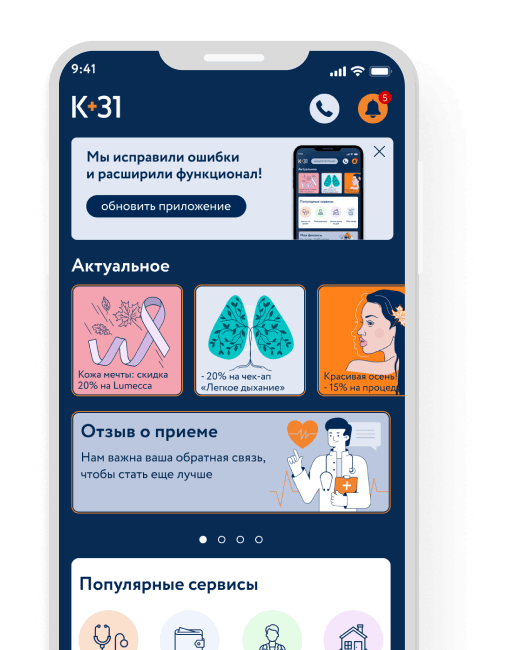
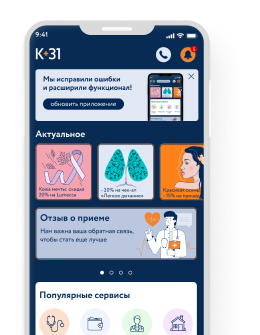











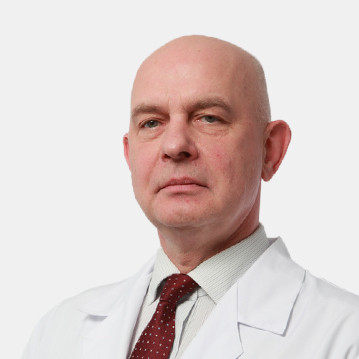





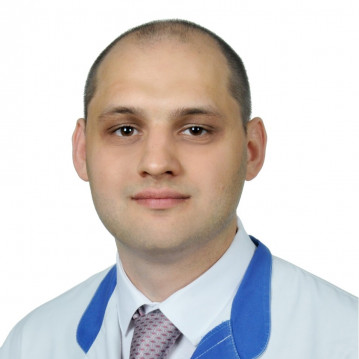




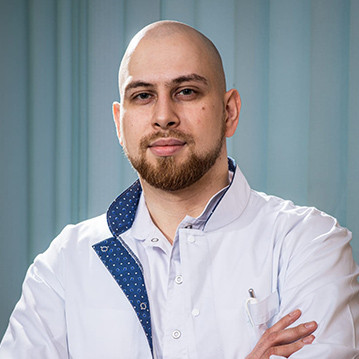

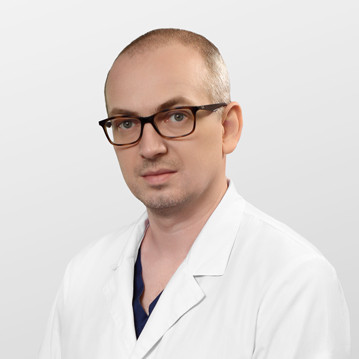

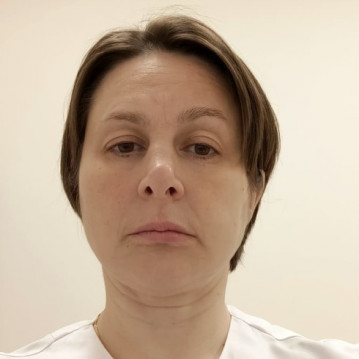
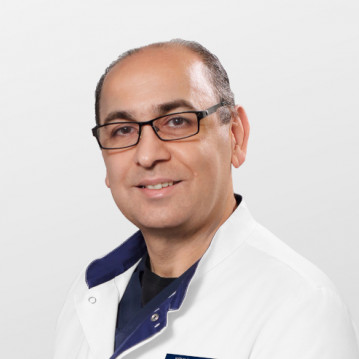
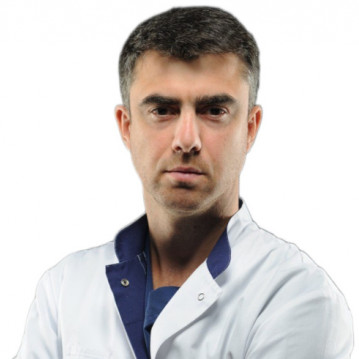






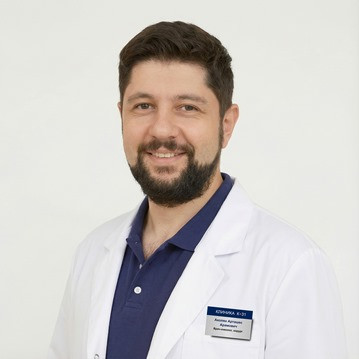







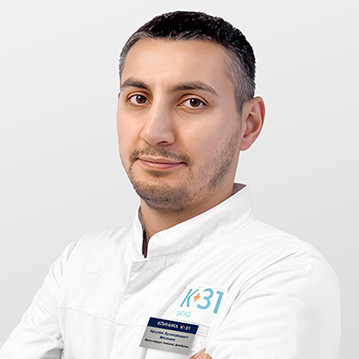
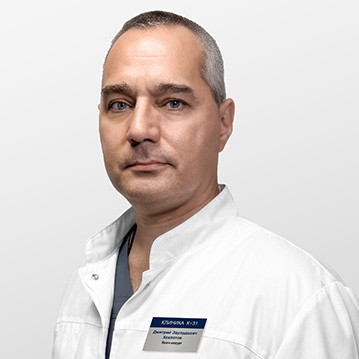
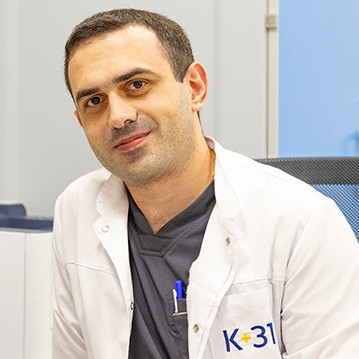

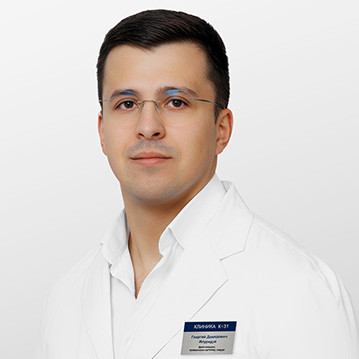

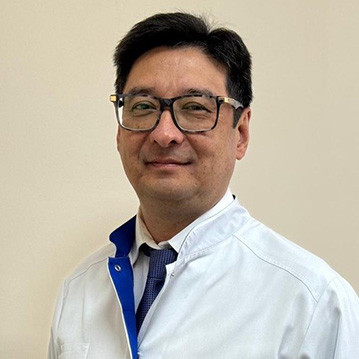



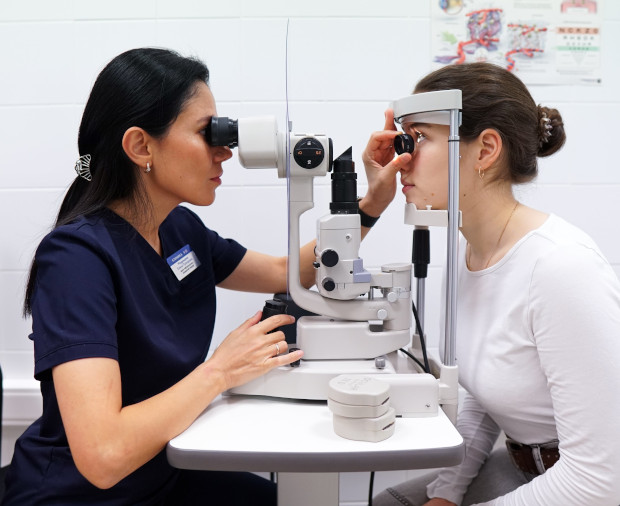




What is hip replacement?
Endoprosthetics is a surgical procedure to replace a joint with an artificial internal prosthesis. Depending on the extent of damage to the joint and the cause that caused it, the surgeon can install a solid prosthesis or its individual parts, securing it to the patient's own bone.
The hip joint consists of the head and neck of the femur, installed in the acetabulum of the pelvic bone. This natural mechanism makes it possible to rotate the lower limb in different directions, like a hinge. Smooth movements are ensured by the cartilaginous tissue lining the joint from the inside at the ends of the bones. In the event of a fracture or destruction of cartilage, the entire mechanism fails, so movements begin to cause severe pain. In this case, prosthetics may be the only method of getting rid of an unpleasant symptom.
The endoprosthesis consists of three parts: a stem, a cup, and a head with an insert. If necessary, the doctor can use the entire mechanism or its individual elements.